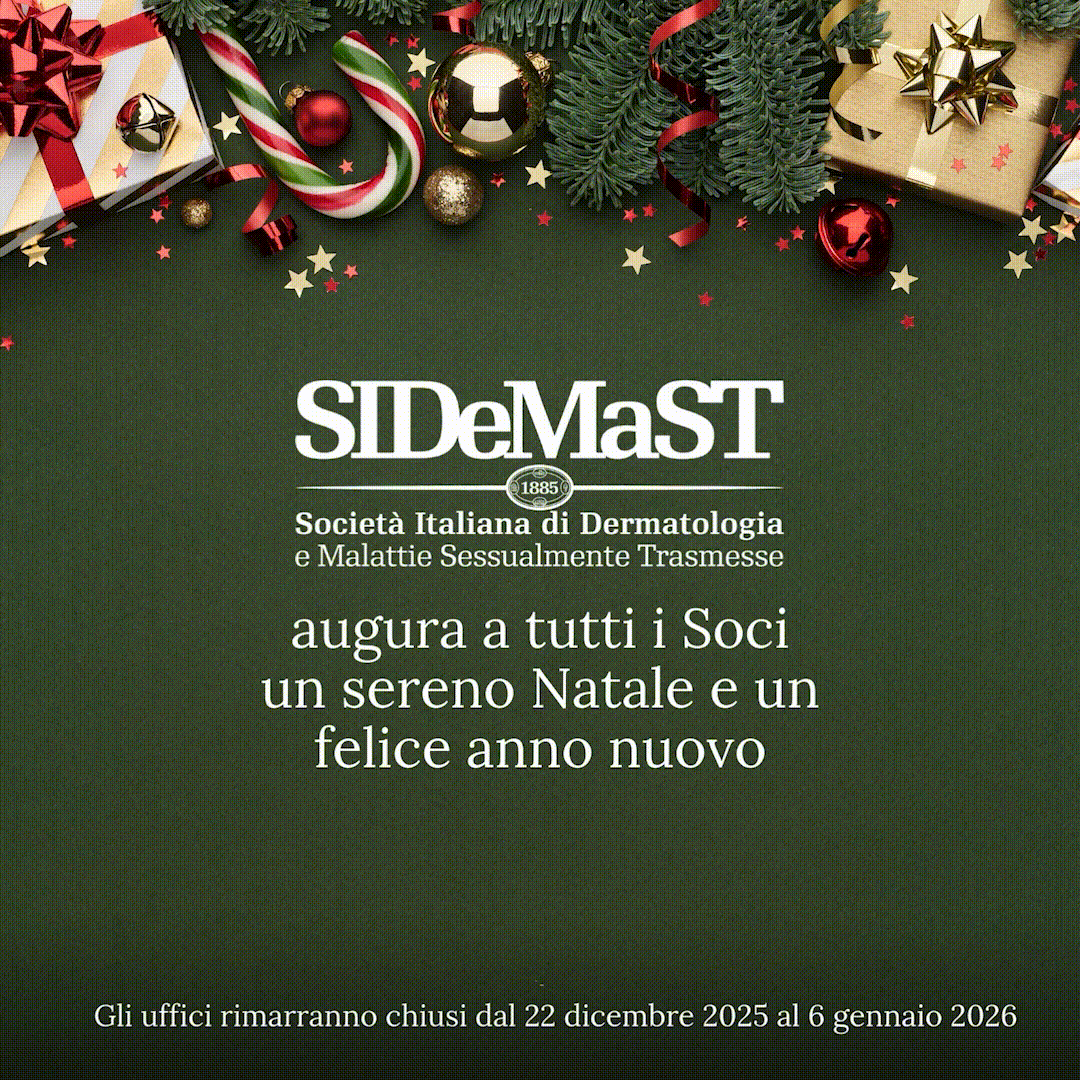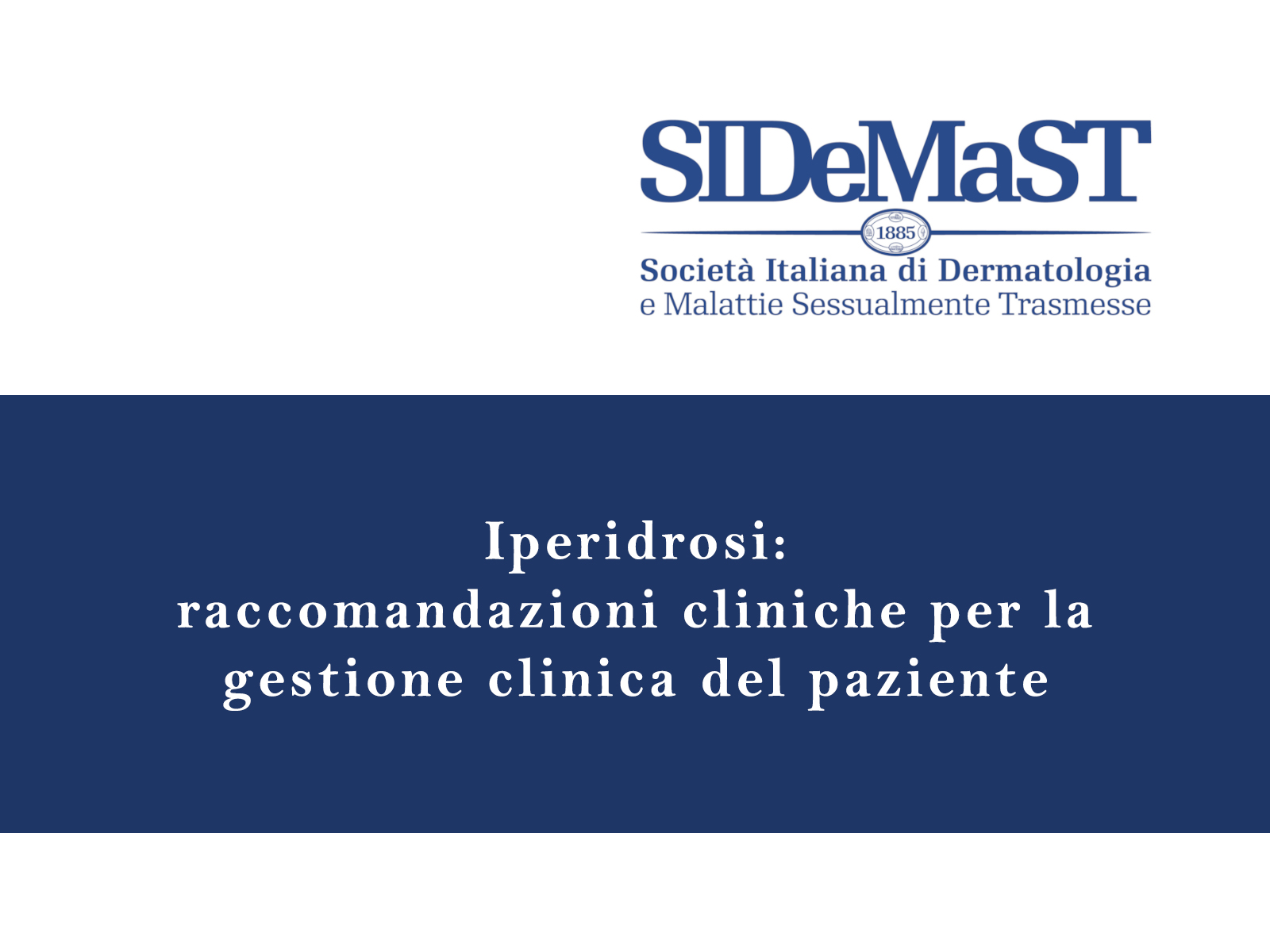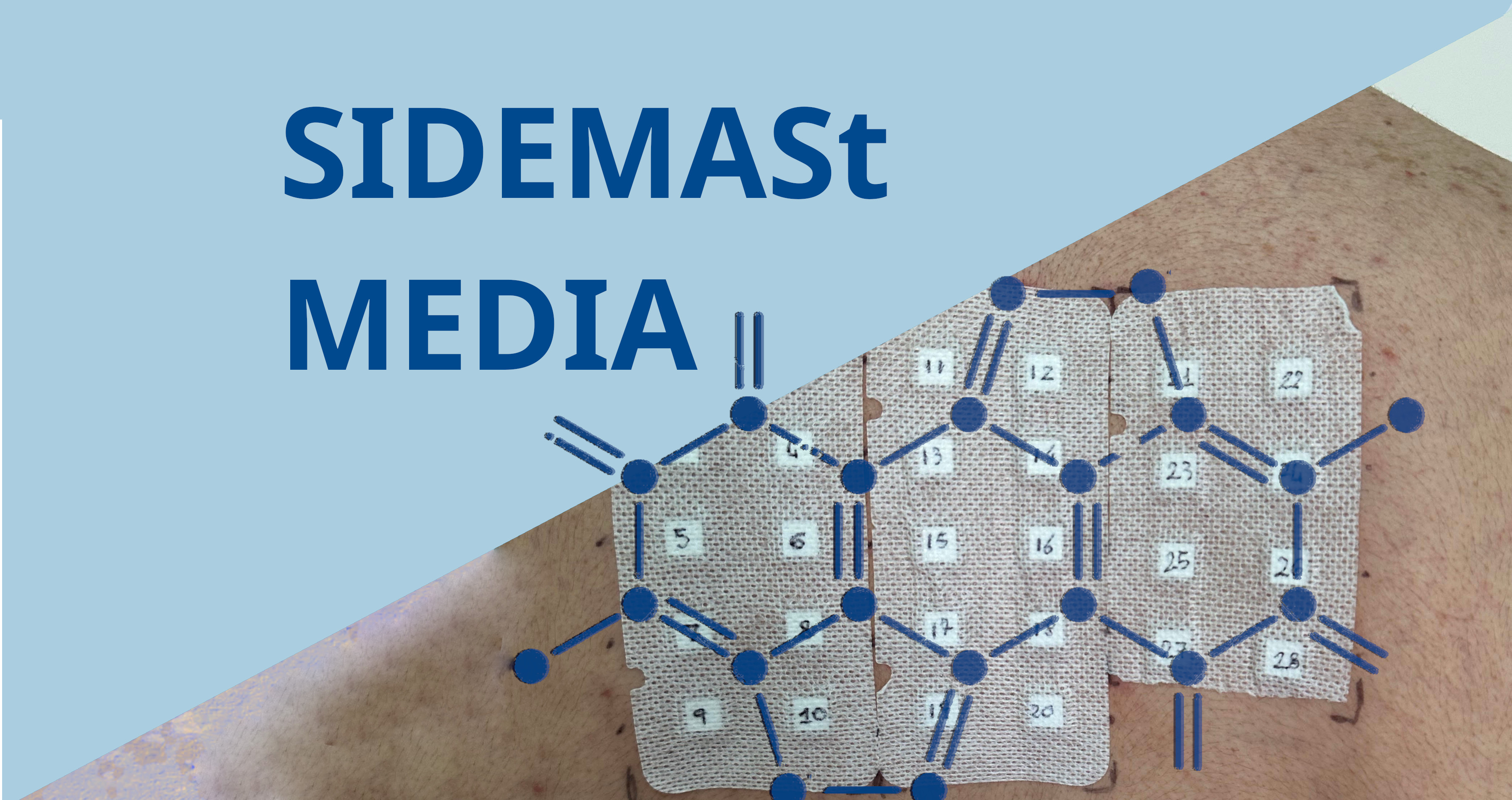Researchers have found that melanoma in some adolescent and adult patients involves many of the same genetic alterations and would likely respond to the same therapy
The similarities involved adolescents with conventional melanoma tumours and included the first genetic evidence that sun damage contributes to melanoma in children and adolescents as well as adults.
The findings, published in the March issue of the Journal of Investigational Dermatology, stem from the most comprehensive analysis yet of the genetic alterations responsible for paediatric melanoma, which is the most common skin cancer in children and adolescents.
"This study shows that unlike many cancers, conventional melanoma is essentially the same disease in children and adults," said Alberto Pappo, MD, Department of Oncology, St. Jude Children's Research Hospital, Memphis, Tennessee. "That means we need to make it easier for adolescents to access promising therapeutic agents being tried in adults. These results also underscore the importance of starting sun protection early and making it a habit for life."
The researchers also identified distinct genetic alterations associated with other paediatric melanoma subtypes, including those associated with large congenital nevi (CNM) and spitzoid tumours. The alterations include a mutation that might help identify patients with spitzoid tumours who would benefit from aggressive therapy as well as those who could be cured with less intensive treatment.
"Until now the genetic basis of paediatric melanoma has been a bit of a mystery," said Armita Bahrami, MD, St. Jude Department of Pathology. "With this study, we have established the molecular signatures of the 3 subtypes of this cancer, signatures that have implications for diagnosis and treatment."
The study included 23 patients aged 9 months to 19 years with melanoma. The researchers used whole genome sequencing and other techniques to compare the normal and tumour genomes of patients with three different types of melanoma for clues about the genetic alterations that underlie their disease.
The group included 15 patients with conventional melanoma. Unlike many paediatric cancers, their tumours included numerous genetic alterations, more than any of the childhood cancers studied so far by the Pediatric Cancer Genome Project. More than 90% of the tumours had genetic changes consistent with damage caused by ultraviolet light. More than 60% of the tumours had mutations in the BRAF oncogene, the PTEN tumour suppressor gene, or the promoter region of a gene called TERT. The same alterations are found in melanoma in adults and promoted the unchecked cell division and other changes that are hallmarks of cancer.
In contrast to conventional melanoma, the 3 patients with the CNM subtype had mutations in the NRAS oncogene and no defects in PTEN. The patients all died of their disease.
In comparison, cancer caused the death of just 1 of the 5 patients with spitzoid melanoma. That patient was also the only one with widespread disease and the only one whose tumour had a TERT promoter mutation. The finding has led to a larger study to determine if TERT promoter mutations can serve as a marker for spitzoid tumours that are destined to become clinically aggressive. The results are expected soon.
The Pediatric Cancer Genome Project was launched in 2010 to use next-generation, whole genome sequencing to advance understanding, diagnosis and treatment of some of the most aggressive and least understood childhood cancers. The complete normal and cancer genomes of 700 young cancer patients were sequenced during the project's first three years.









